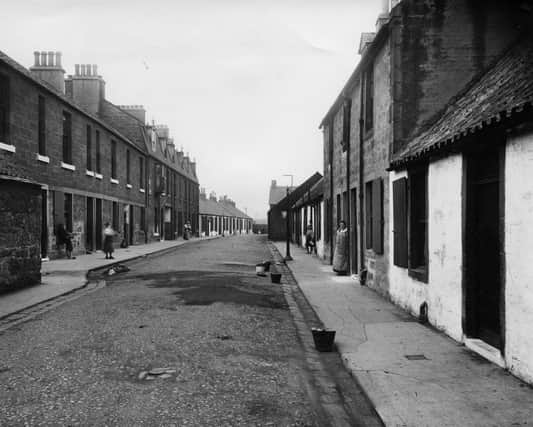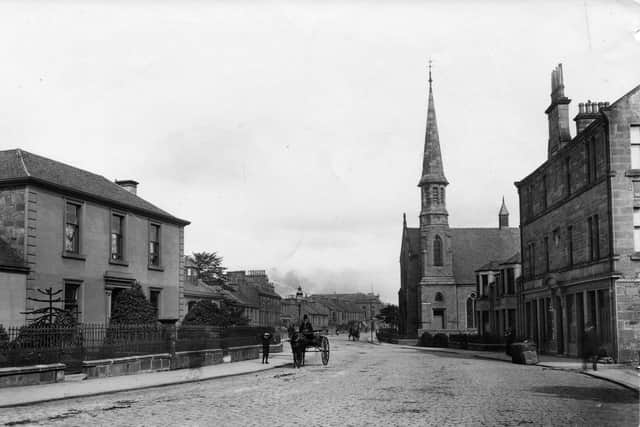Ian Scott: The village that became the industrial heart of Falkirk


Of course I had included the suburb along with Bainsford as key parts of Falkirk itself but that didn’t satisfy my critics! So for them I will try to put that right now.
In the medieval period Grahamsmuir was the common land of the Barony of Abbotskerse held by Holyrood Abbey which owned much of the land north of the Parish Church.
Advertisement
Hide AdAdvertisement
Hide AdThe muir was used by the locals to graze their animals and to gather fuel.


Most people associate the name with Sir John de Graeme who fell at the Battle of Falkirk in 1298 because they believed the battle was fought on the muir, but these days we are pretty sure the armies met elsewhere and in fact there is no evidence linking Sir John with this part of Falkirk.
Much more likely the name refers to a David Grahame who was granted land belonging to the church way back in 1253.
Over the following centuries Grahamsmuir was used for agriculture but the arrival of Carron Company in 1759 and the cutting of the ‘Great Canal’ a few years later helped transform the growing village of ‘Graham’s Town’ into an industrial centre with a rapidly growing population.
Advertisement
Hide AdAdvertisement
Hide AdFalkirk Iron Company opened in 1810 on the south side of the canal near Bainsford Bridge and expanded quickly to rival even the mighty Carron.
Hundreds of workers flocked to the area and soon the vacant land along the road north from Falkirk filled up with sawmills, fire brick works, extensive railway marshalling yards and more foundries like Cockburns (1864) and Mitchell’s (1868) two of the biggest and most successful. Part of this growth followed the arrival of the Stirlingshire Midland Junction Railway in 1850 linking the village from Polmont to Larbert and the north..
The people were not long in seeking out the two symbols of community, a church and a school.
A ‘subscription school’ had opened as early as 1810 near Falkirk Iron Works but by the 1870s it was inadequate.
Advertisement
Hide AdAdvertisement
Hide AdFollowing the new education act of 1872 it was replaced by the Northern School.
Around the same period, in 1875, the Church of Scotland erected what later became Grahamston Parish Church as an extension of the Parish Church in Falkirk and, not to be outdone, the rival United Presbyterians moved in 1879 from the Tattie Kirk to the building that became Grahams Road Church.
From the 1880s a private house building programme to the west of the main road created Russel Street, Alma Street and the rest with a view to encouraging the skilled foundry workers to become part of the property owning democracy!
The main street filled up with shops, many pubs and several fine buildings like the Graeme Hotel, the Co-op and the Oddfellows Hall and at the turn of the century Grahamston was the industrial heart of Falkirk.
Advertisement
Hide AdAdvertisement
Hide AdThe decline in heavy industry in the 20th century hit the village hard but it is still a bustling place with the huge Central Retail Park at its modern heart.
The glory days of manufacturing may be gone but few will mourn the ending of the hard, heavy and often ill-rewarded toil that was the daily lot of Grahamston folk for over a century.